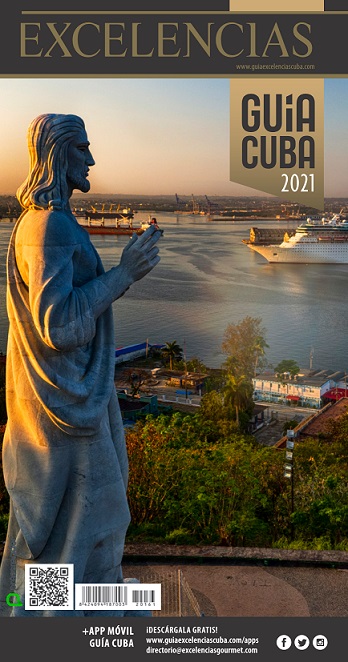2001. A commission of the Organization of American States visits the Nicaraguan border, a country that maintains a border rift with the country, on a mission to overview the nonexistence of military preparations and in an effort to ease tensions between both countries.






